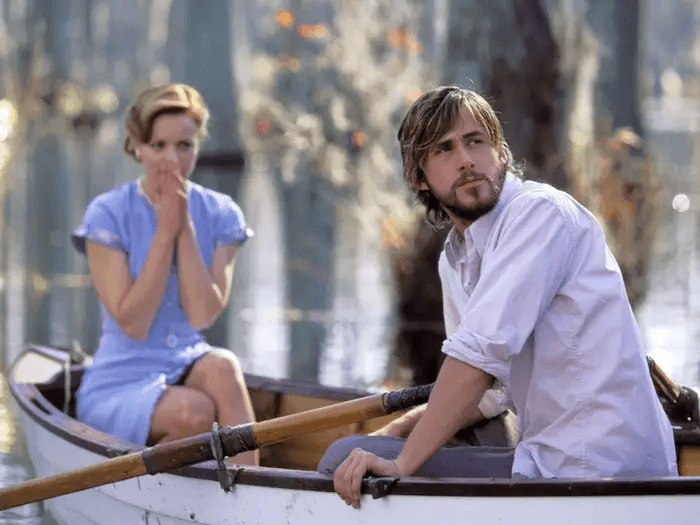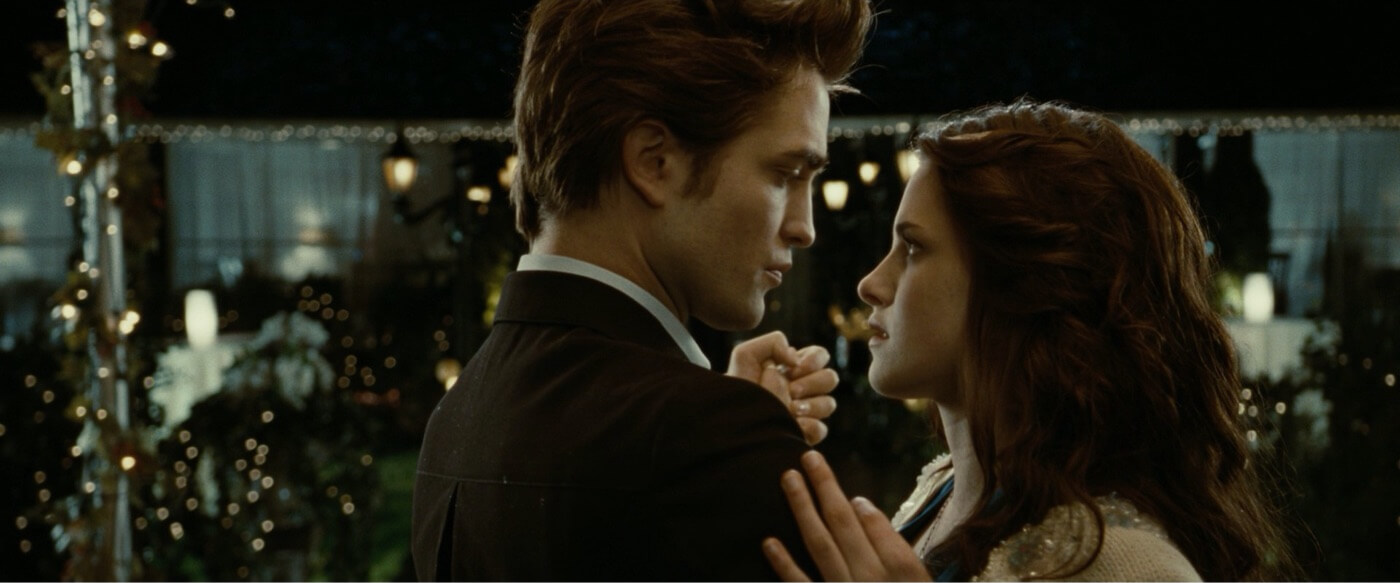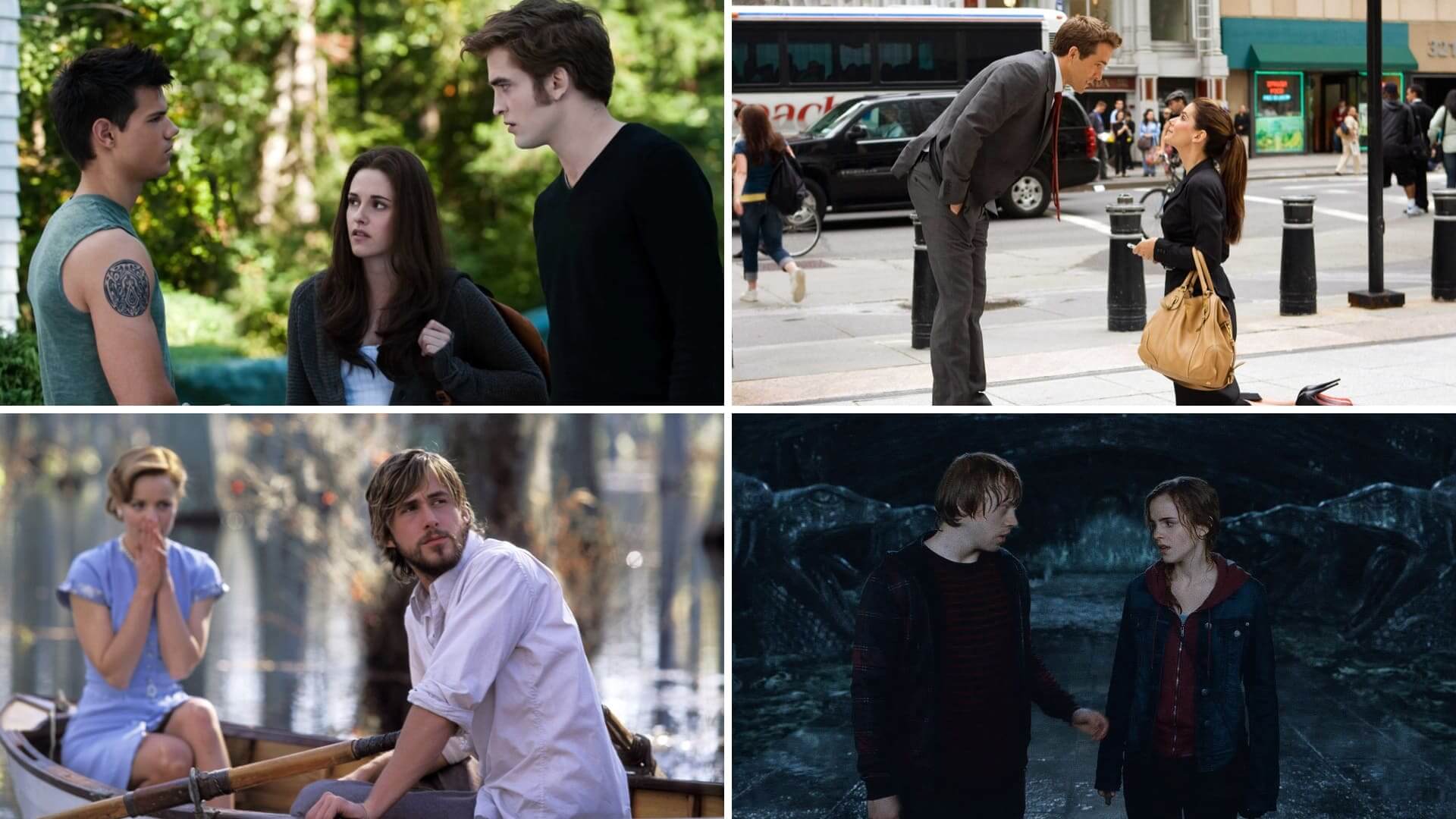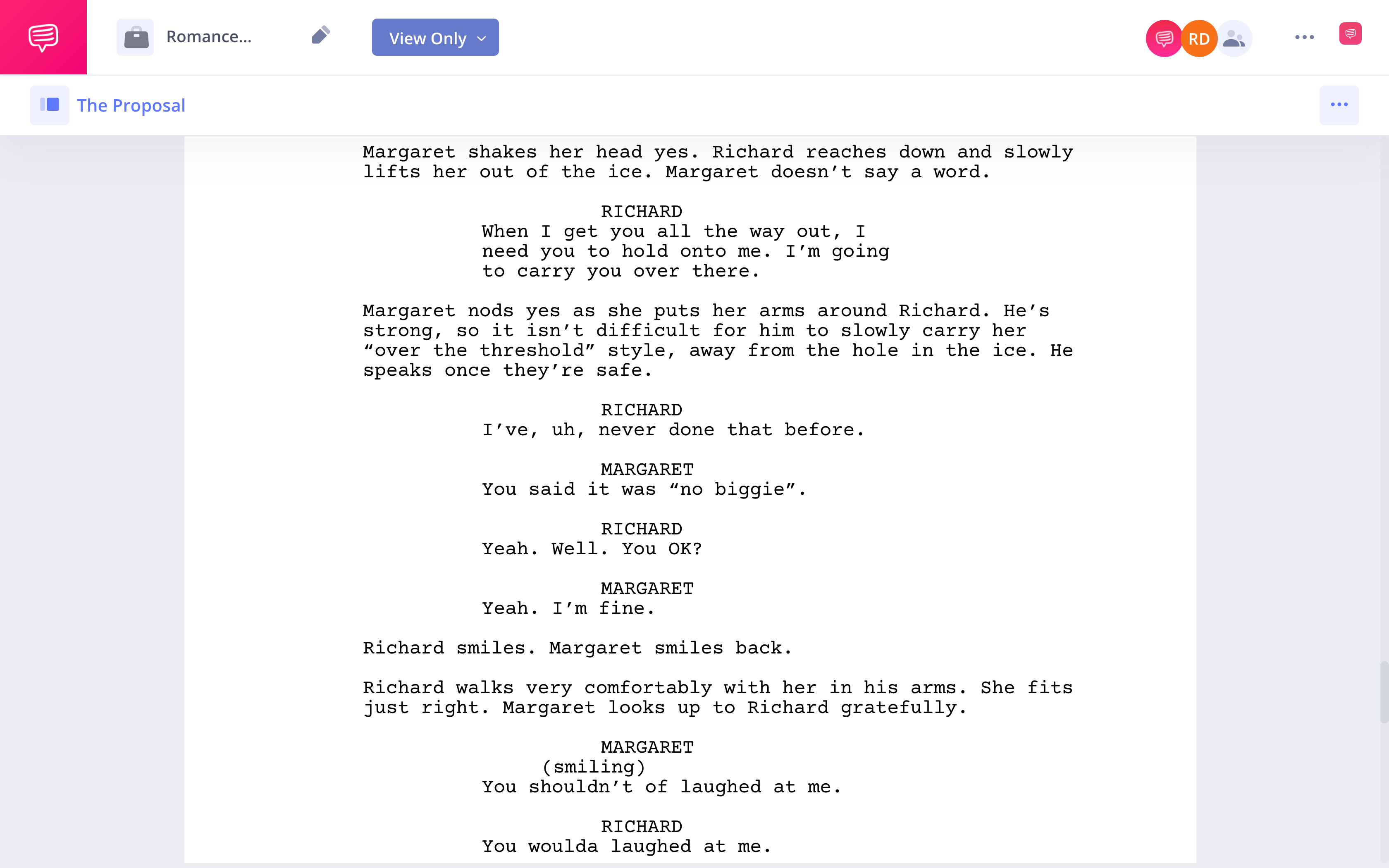Have you ever recognized a familiar pattern or theme in a romance novel or movie that you’ve read or watched before? This recurring theme is known as a trope, and it represents a significant aspect of storytelling. In this article, we will delve into the world of romance tropes, exploring their definitions, common types, and why they are crucial to creating satisfying romantic narratives.
What is a Romance Trope in Story?
First, let’s define romance tropes
Before we delve into the various types of romance tropes, let's first define what a romance trope precisely is.
ROMANCE TROPES DEFINITION
What is a romance trope?
A trope, in the context of storytelling, refers to a conventional or recurrent theme, motif, or character type that occurs in a particular genre. Romance tropes, therefore, are specific plot devices, themes, or character types that recur in romance novels, films, and TV shows. They provide a sense of familiarity and satisfaction to readers and viewers, as they come with certain expectations about how the story will unfold.
Common Types of Romance Tropes:
- The Love Triangle
- Friends-to-Lovers
- Forced Proximity
In the realm of romance, some tropes have gained popularity due to their ability to resonate with readers and viewers on an emotional level. These commonly used storylines or character traits add depth, drama, and intrigue, making the romantic journey all the more compelling.
The familiarity of these tropes doesn't diminish their power; instead, it increases the anticipation for how the beloved patterns will play out in each new context.
Let's dive into these well-loved romance tropes, exploring their unique aspects and why they continue to captivate audiences time and time again.
Love Tropes in Story
Friends-to-Lovers
One of the most beloved romance tropes is the friends-to-lovers storyline. It's where two characters who have been friends for some time develop romantic feelings for each other.
A classic example of this trope is found in the Harry Potter series, where Hermione Granger and Ron Weasley transition from friends to lovers.
Harry Potter and the Deathly Hallows: Part 2
This trope often involves a deep understanding between the characters, a sudden realization of love, and the risk of jeopardizing the friendship.
Romance Tropes List
Enemies-to-Lovers
The enemies-to-lovers trope is another popular one. Here, two characters who start off as adversaries eventually fall in love. In The Proposal, Margaret, a tough editor-in-chief, and Andrew, her assistant, start off having a challenging working relationship.
However, when they pretend to be engaged to prevent Margaret from being deported, they end up falling for each other1.
We took the script of The Proposal into StudioBinder’s screenwriting software to analyze a scene in which Andrew and Margaret begin to truly care for each other after pretending to for the majority of the film.
The Proposal (2009) Screenplay Analysis
This trope, demonstrated in The Proposal, often includes a lot of tension, verbal sparring, and the characters overcoming their initial prejudices.
Romance TV Tropes
Second Chance Romance
In the second chance romance trope, two characters get another opportunity at love. This could mean rekindling an old flame or resolving a past misunderstanding. Nicholas Sparks’s novel The Notebook provides a classic example, where Allie and Noah get a second chance at their love.

The Notebook
Themes of forgiveness, growth, and overcoming past mistakes are common in this trope.
Tropes in Love Stories
Fake Relationship
The fake relationship trope, a popular narrative device in storytelling, often entails characters assuming the roles of a couple, feigning romantic involvement for diverse motives such as career advancement or social appearances. One classic example from the '80s is Can't Buy Me Love.
Can't Buy Me Love (1987)
However, as the story unfolds, these characters unexpectedly find themselves entangled in genuine affection and love, leading to a delightful and heartwarming journey of personal growth and emotional connection.
To All the Boys I've Loved Before by Jenny Han is a modern example of this trope. These stories often involve a lot of humor, secrecy, and the characters grappling with their real feelings.
Romance Couple Tropes
Forced Proximity
The forced proximity trope occurs when two characters spend a lot of time together in close proximity due to circumstances like a snowstorm, a work project, or being stuck in an elevator.
Despite their differences, they are forced to deal with each other, leading to barriers breaking down, understanding, and eventually falling in love.
In The Hating Game by Sally Thorne, Lucy and Joshua compete for the same promotion and are forced into close quarters, igniting sparks.
Best Romance Tropes
Soul Mates
The soul mates trope is based on the concept of two characters being destined to be together, often featuring elements of supernatural fate or destiny. This trope can be found in Stephanie Meyer's Twilight series where Edward and Bella are portrayed as destined lovers.

Twilight
The soul mates trope often involves a strong, immediate connection, intense feelings, and a sense of completeness when the characters are together.
Common Romance Tropes
Secret Royal/Billionaire
In the secret royal/billionaire trope, one character is secretly a member of royalty or vastly wealthy but hides their identity for various reasons. The truth usually comes out in dramatic fashion, leading to conflict and eventual resolution.
A modern illustration of this trope can be seen in the movie Pretty Woman, where Edward, a wealthy businessman, falls in love with Vivian, a prostitute.
Pretty Woman • What do you do Edward?
This trope frequently explores themes of transformation, unexpected love connections, and the clash between societal expectations and personal desires.
Popular Romance Tropes in Movies
Love Triangle
The love triangle trope presents a scenario where a character has to choose between two potential love interests. This trope adds complexity and suspense to the story as readers or viewers are often kept guessing whom the character will eventually choose.
In the classic film Casablanca, Rick Blaine is caught in a love triangle between Ilsa Lund and Victor Laszlo.

Casablanca
This iconic trope showcases emotional conflict, indecisiveness, and the evolving feelings of the characters.
How to Use a Romance Trope
Pros, Cons, and Guidelines
Romance tropes, like any literary device, come with advantages and disadvantages. Their usage can add depth and familiarity to your story, but it's crucial to understand how to utilize them effectively.
Pros of Using Romance Tropes
The key advantage of using romance tropes is the sense of familiarity they provide. Readers come to romance stories with certain expectations, and tropes can help fulfill them, making the narrative more engaging and relatable.
Tropes also help build anticipation in the readers. For instance, when readers recognize the 'enemies-to-lovers' trope, they look forward to the banter, the tension, and the eventual union, increasing their engagement with the story.
Cons of Using Romance Tropes
The primary challenge with tropes is the risk of being predictable and clichéd. Overused tropes, if not handled creatively, can make your story feel unoriginal and dull.
Tropes may also perpetuate harmful stereotypes if not used mindfully. For example, the 'billionaire lover' trope could unintentionally reinforce materialistic values or the 'damsel in distress' trope could undermine female empowerment.
Guidelines for Using Romance Tropes
To use romance tropes effectively, it's crucial to bring uniqueness to them. You can add a twist to a well-known trope, or blend two tropes together for an interesting storyline.
It's important to keep the trope fresh and exciting while still delivering on readers' expectations. Take a look at our video breakdown of tropes in film and the art of subverting them in storytelling.
Tropes Explained • Subscribe on YouTube
Avoid using tropes that perpetuate harmful stereotypes or regressive beliefs. Romance stories should be about love, respect, and equality, and your chosen tropes should reflect these values.
Lastly, use tropes as a tool, not a crutch. The trope should serve your story, not the other way around. Always prioritize your characters and their development over fitting into a specific trope.
Romance tropes go beyond clichés, offering familiar frameworks for unique, engaging, and emotionally satisfying stories.
These tropes captivate readers and viewers, proving that when it comes to love, some things never go out of style.
Up Next
What are Character Tropes?
Having explored the world of romance tropes and their captivating allure, it's only fitting that we now delve into another integral part of storytelling - character tropes. Let's uncover what they are, their significance, and how they shape our favorite characters in the next article.

